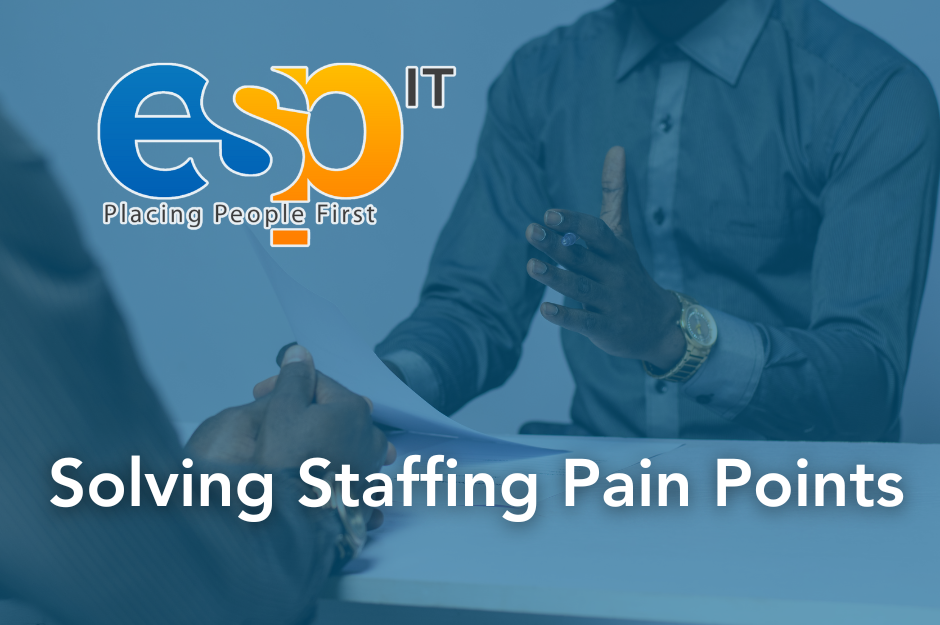
Have you imagined a world where you can work from anywhere – from home in your PJs to a beach on the Amalfi Coast. Chances are if you’re a millennial you have (I know I have…Last week I drifted off to Costa Rica, today I’m dreaming of lying on the beach at Bde Maka Ska). We not only think about working in distant lands, but we’re also figuring out how to make it a reality. Millennials are, or at least desire to be, Digital Nomads. Why does this matter? Millennials are now the largest generation in the U.S. labor force, according to the Pew Research Center, and they have definite expectations on how work should look. Post-Millennials (Gen Z) are just reaching the age to work as well, bringing with them similar ideals – flexible, remote, sustainable, welcoming, collaborative, and fun work environments. As work continues to permeate into life, life needs to permeate into work.
This infusion has been a gradual process in life as well as the office – forward-thinking companies have been creating these innovations for the past decade. As technological advances began to allow for more agility, organizations permitted more freedom with work hours and remote options and started shifting to open concept floor plans to accommodate greater flexibility and creativity. These changes helped to attract the best talent, retain employees, and boost productivity, at least that was the intention. Marissa Meyer of Yahoo received some major pushback when she reversed some remote work perks in 2013, citing that employees needed time together in-person to collaborate and communicate and she wasn’t wholly wrong (Time Inc., Money, Telecommuting: What Marissa Mayer Got Right – and Wrong). Best Buy and others also followed suit with changes or even a full rollback of their remote work options. Gallup’s 2017 Study, State of the American Workforce, found that remote work does positively impact performance… for most roles, when workers spend about 60% – 80% of their time remote. Bringing people back to the office is only part of the equation, however. Workspace needs to optimize for the employees who are in the office, whether that’s full-time or part-time. The open concepts and layouts we’ve been working out of are lacking. Sure, they have offered collaboration and creativity but have not always boosted productivity. The reason: people still need space to work on their own at times.
The good news: we’re getting smarter when it comes to our workspaces. We’ve had time to analyze current office layouts and policies, giving us time to figure out what’s working and what isn’t. Technology continues to advance in ways to make the most agile of workspaces possible, making us more productive in different types of spaces. I think we’re also getting better at working remotely – learning what tools we need to perform at our best.
A new trend is also emerging – companies like Minneapolis based COCO, Brooklyn based Industrious, and New York based WeWork offer concierge service to companies, flexible office configurations, space for individual work, collaborative spaces, and open work areas. They take the best of the myriad of working options and put them in one place. The spaces created are chic, comfortable, and build a community that freelancers, startups, and small to mid-sized business don’t easily get on their own. Access to shared space allows companies to lease less private space – lessening environmental footprints – while still providing employees with everything they could want. These new communities also promote paperless environments which add to a more sustainable workplace. The coworking companies create an environment conducive to remote work, giving the people what they want. Faith Popcorn, CEO of a strategic marketing firm, is quoted in Keith Flamer’s, Is This the Future of Open Office Space article as saying:
“People want chill ‘third spaces’ where they can bring their laptop, chat, meditate, workout and get a grain bowl. That’s the new workplace model, but it’s only part-time. You’ll only go there when you feel like it. The rest of the time, you’ll work from home, the road, the cloud. In a decade or two, Digital Nomads will dominate. Which means telephones may be over, but phone booths are back!” (Faith Popcorn, CEO of strategic marketing firm Brain Reserve via Keith Flamer, Is This The Future of Open Office Space)
While the remote work option will be the preferred workspace, a spot to collaborate with coworkers and get face-time with their managers is a must.
ESP had an opportunity to test these new concepts. Our home of 7 years – the historic Rand Tower – was recently sold and is being converted into a boutique hotel. As a result, we needed to find a new place to operate, and fast. We were excited by this because it gave us the opportunity to evaluate the needs of our team and a chance to upgrade our space. We researched. We chatted with our team. We looked at a LOT of spaces. In the end, it was a no-brainer. A coworking space made the most sense for our team, and we moved into the WeWork space, located in the Capella Tower in Minneapolis. We know it’s essential to create the best working environment for our employees that we can, that flexibility and work-life balance leads to happier, healthier, more productive employees, and that our environment needs more sustainable business practices. WeWork is helping us to accomplish all of these things, all while building a bigger community then we could have provided our team on our own. Plus, it’s just a fun place to be!
So, we think the Millennials are on to something. It’s likely that the office as we know it is on its way out. The new trend for offices is good for business because remote workers are more cost effective and great workspaces and flexibility attract the best talent – especially in this economy when highly skilled workers are in short supply. With the advance of technology (i.e., the cloud, IoT, wearables, small and more powerful computers, etc.), we’re no longer trapped in the office or trapped indoors even. If workers will be more productive, happier, and most importantly, getting their projects done, why not work from anywhere? I even overheard our CEO (the Baby Boomer) say recently, “our new office is keeping me young.” With all of the advantages, why not buck the traditional office?



